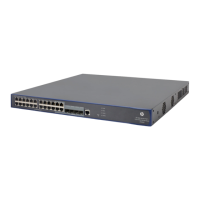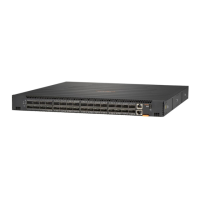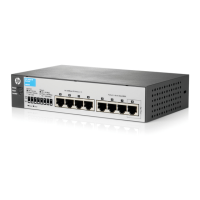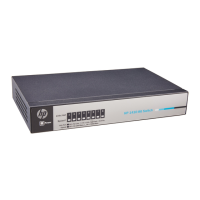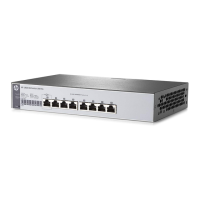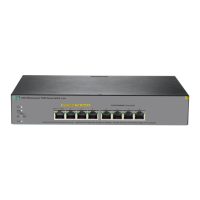tion
Rule ID
Select the Rule ID box and enter a number for the rule.
If you do not specify the rule number, the system will assign one
automatically.
If the rule number you specify already exists, this procedure modifies the
configuration of the existing rule.
Operation
Select the operation to be performed for IPv6 packets matching the rule:
• Permit—Allows matched packets to pass.
• Deny—Drops matched packets.
Check Fragment
Select this box to apply the rule to only non-first fragments.
If you do no select this box, the rule applies to all fragments and
non-fragments.
Check Logging
Select this box to keep a log of matched IPv6 packets.
A log entry contains the ACL rule number, operation for the matched
packets, protocol that the IP carries, source/destination address,
source/destination port number, and number of matched packets.
Source IP Address
Select the Source IP Address box and enter a source IPv6 address and
prefix length.
The IPv6 address must be in a format like X:X::X:X. An IPv6 address consists
of eight 16-bit long fields, each of which is expressed with two hexadecimal
numbers and separated from its neighboring fields by colon (:).
Source Prefix
Time Range
Select the time range during which the rule takes effect.
Configuring a rule for an advanced IPv6 ACL
1. Select QoS > ACL IPv6 from the navigation tree.
2. Click the Advance Setup tab to enter the rule configuration page for an advanced IPv6 ACL.
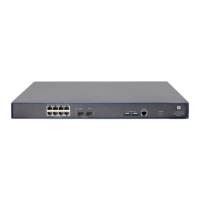
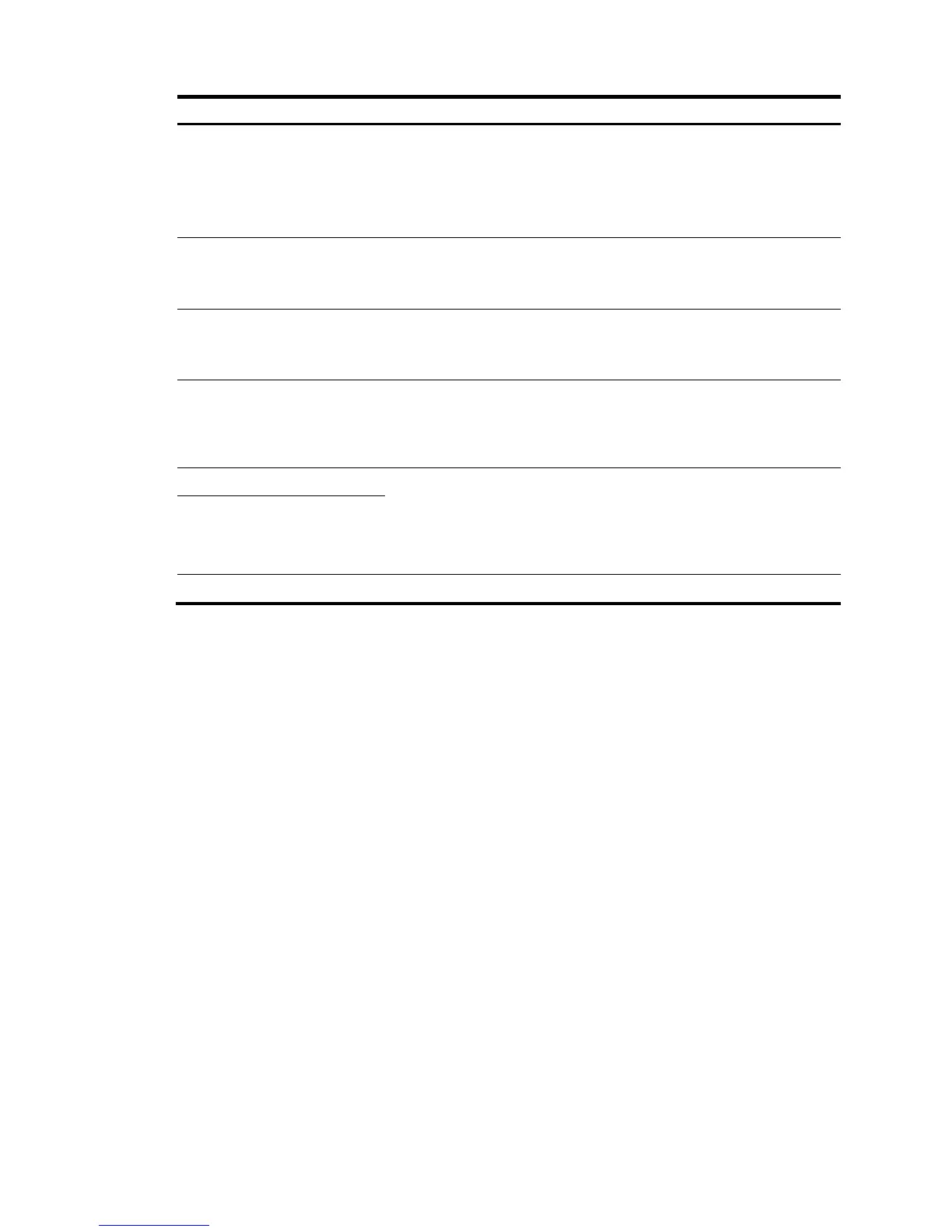